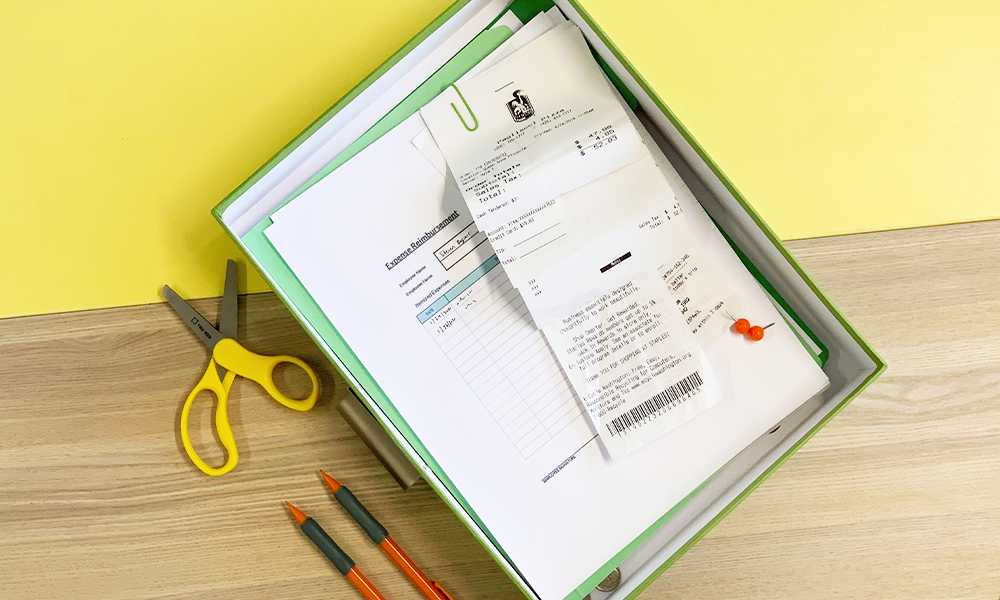The accountant was paying bills for her bakery wholesale client when she ran into a problem. She came across a purchase order for 100 pounds of sugar and an invoice with 50 pounds of sugar that had been closed. The client was missing 50 pounds of sugar, and there was no invoice to be found. She assumed that the order was split into two shipments with one still on the way, but none of the purchase orders reflected her theory. She sent a quick email over to her contact in the warehouse for clarification.
The accountant waited an hour for a reply to her email. The reply, instead of answering her question, said the person emailed was not responsible for purchase orders and she would have to ask someone else. He provided another email address for her to try. The accountant sent an email to the new worker, but never got a reply. She sent several emails out to other employees in the warehouse but was not able to get an answer. She called the warehouse several times before she finally getting ahold of someone to ask what was going on.
“It was a wild goose chase. Before working with me, they did everything in house, so if something was missing the employees just had to run over to another part of the warehouse to get it. Now that we’re across the city, they have to scan things, gather documents, and email them over. It’s only a few extra steps, but these guys oversee a lot of customer orders each month. They’re busy.”
“People were just doing what they needed to do based on their understanding of their work.”
The accountant realized that some of the confusion between the two conflicting purchase orders could be blamed on the client’s outdated and limiting technology. Their system would not allow them to record half orders, which meant they had to find ways to work around the roadblock. They frequently opened several invoices to record delivery of the same shipment, which caused them to miss some invoices and overpay on others when the deliveries did not match up.
“If the client orders sugar, you can imagine that there is a new sugar bill every week. We can only pay the order we received, so if the employees cannot match this invoice to its purchase order, we can’t pay it. We needed a way to ensure the matching of the invoice to its purchase order every time. The last thing we want to do is pay for something we didn’t receive.”
After a deeper dive into the client’s handling of accounts payable, she realized there was no real process for her client’s employees to follow. They just did whatever work they thought they were supposed to do in the way they were taught by other employees, without having a true understanding of what they were working towards or why.
“People were just doing what they needed to do based on their understanding of their work. No one had any formal communication with them, and they had no one to turn to when things weren’t normal. It was all very confusing.”
To effectively use their technology and clear up confusion, the client would need to adopt a process of auditing the chain of actions, from ordering the products all the way to paying the vendors.
The accountant created a paper-based process to track the movement of orders along with her client’s existing system. While she usually preferred to track things digitally, she knew her client was invested in their system, and using a pen and paper would be the easiest method.
Under the new process, employees have to create a purchase order then get it approved and signed by a manager before they send it to the vendor. When a shipment comes in, the Bill of Lading has to be signed by both the receiver and the shipper. The bill acts as a shipment receipt, outlining the details of types of goods transported, the quantity, total cost, and destination. The invoice has to match the Bill of Lading and the purchase order before the employees can sign off on it. Then they gather the documents, scan them, and send them to the accountant to double check the documents before they pay the vendor.
The accountant developed the process step by step and documented what should happen when and who oversees each task. She created a formal, written process and explained each step in a comprehensive guide that detailed what she needed from everyone involved and why each step was important.
The process provides clarity and an organized workflow for the employees carrying it out. There are checks for each step of the process, minimizing missed invoices and overpayments. If something is missing, it’s easy to see who is responsible for resolving.
“Now there is cohesion across the team. Everyone knows exactly what they are supposed to be doing and it’s running a lot more smoothly. I have what I need to pay the vendors, and as an added benefit, the client has access to accurate data.”
Share this article




